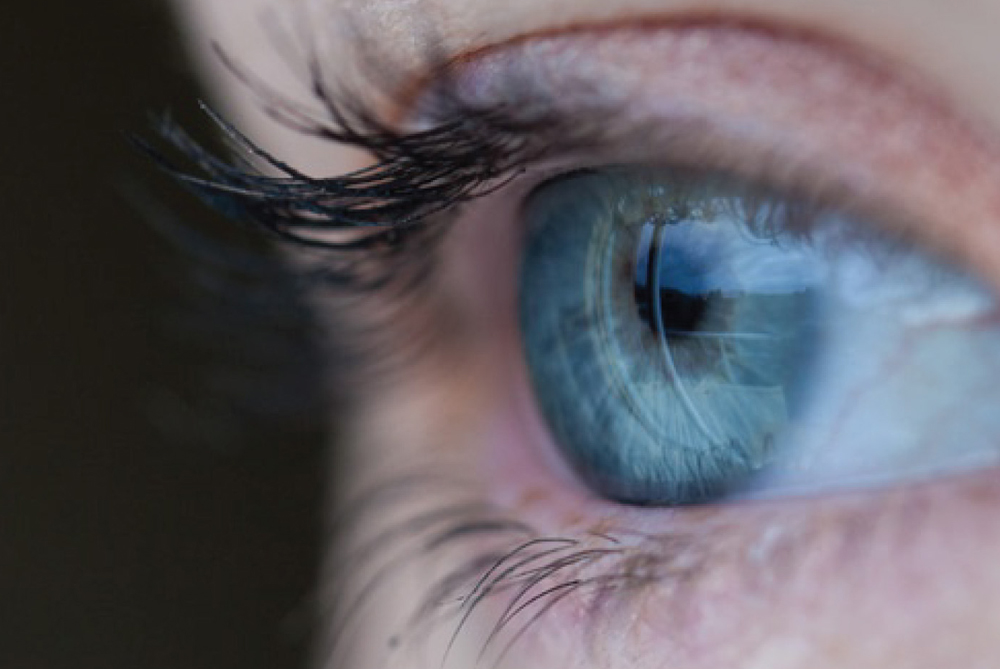Check your pockets, quick! Whatever model of a phone you are toting, you are indebted to the good ol’ Graham Bell. Can you imagine what it would be like if you would hand it over to him right now? He would have no clue that his patented work would result in what is now an extension of our arm. No bones about it, I think the smartphone is one of the greatest technological feats in the last decade. Using the device for media beyond communication, has enabled the evolution of technology to a point of no return. Our phone screens are getting bigger, but the possibilities of their function, endless.
Innovation is a term bandied around these days, but innovations being worked on for the future are not just spinning their wheels, they’re actually going to be implemented in the next few years. Consider the hyperloop trains; they are planned to rise over airless tubes and travel at 800 mph transporting you over 600 km in only half an hour.
Halfway through 2016, whether aged 15 or 50, we have already seen our fair share of surreal yet real technological advancements. The convergence of embedded technology and information technology has revolutionized modern-day medicine, moving patient monitoring from the hospital to the their home and bedside. From cancer-detecting pills to contact lenses measuring blood sugar levels, the internet of things (IoT) has proven to be a game changer for the industry.
For every 10000 of its residents, India has only 7 doctors to cater to them. And even though we might churn out more doctors every year, the doctor-patient ratio will always be distorted and unevenly matched with the growing population. It is about time we realize that technology is the only means to making healthcare more accessible to the masses, in turn improving the HDI and increasing the GDP. Take for example the Apple watch. I personally feel this product has proven to be the linchpin of the company’s healthcare strategy. The watch tracks and updates the doctor with the patient’s medical stats including heart rate monitoring and even tracking the vitals of pregnant women. Something this simple can preempt and avert complications.
India alone has over 204 million smartphone users. From using apps to track menstrual cycles, calorie intake, exercise, step count, finding doctors and physicians our smartphones have already become a huge part of our day-to-day healthcare. We, at Visit, evaluated the present system, anticipated the trajectory of the future and are catering to the issues faced by the people, figuring telemedicine is the way forward.
Staying on top of the India’s innovation index, we envisioned and created an intelligent system connecting technology and the user, revolutionizing the healthcare industry, lowering costs, increasing efficiency and directing the focus back to the patient. By putting together an online fleet of the best psychologists, dermatologists, general physicians and dietitians, we are hoping to not only cater to your current ailments but also focus on preventive healthcare for the future.
There is no doubt that there has been a huge paradigm shift in healthcare and breaking through the mold of conventional medicine, Visit will definitely prove to be a legacy platform that is proud be a part of this revolutionary journey.
-Anurag Prasad
Author is the co- founder of Visit Internet Services Pvt. Ltd.






4 Comments
Nice
Nice one
Definitely technology can prove to be a game-changer in an emerging market like India where a huge gap exists between rural and urban masses when it comes to access to high-quality and effective medical services.
It sounds so proaisseonfl to me! The ending is a little lingering, but I also like how it is not an abrupt end. I don’t know if you understand what I mean? But I’m glad you kept the rap!!!!!!